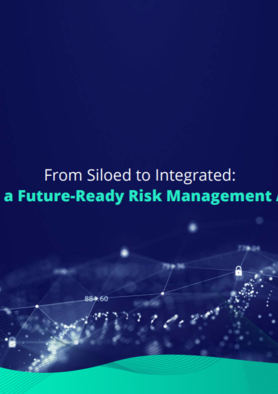The scale and scope of risks we face today are rapidly expanding and changing. 77 percent of risk leaders surveyed by Accenture reported that complex, interconnected new risks are emerging faster than ever.
Most recently, COVID-19 has completely disrupted business operations worldwide, impacting supply chains, cybersecurity, worker safety, financial health, and business continuity. What makes the situation more complex is that markets and organizations are far more interconnected than they’ve ever been. Therefore, the points of intersection among risks are also increasing. We can’t just look at risks in isolation anymore. We also have to recognize the interconnectedness between traditional risks (e.g., market risks) and emerging risks (e.g., a pandemic). Traditional risks are known risks where the unknown aspect is really the measure of the risk.
Therefore, in theory at least, these risks can be defined and mitigated. On the other hand, emerging risks, as well as how they intersect with traditional risks, are relatively unknown. Since they cannot be identified or defined, they also cannot be measured. These unknown-unknown risks—which expose organizations to uncertainties and losses that they cannot even perceive, let alone prepare for—are commonly called black swan events.
Against this backdrop, the following pages of this eBook explore the current state of risk management programs at organizations and the associated challenges. We also delve into how organizations can prepare for adopting an integrated approach to risk management and effectively manage the unknown unknowns.



